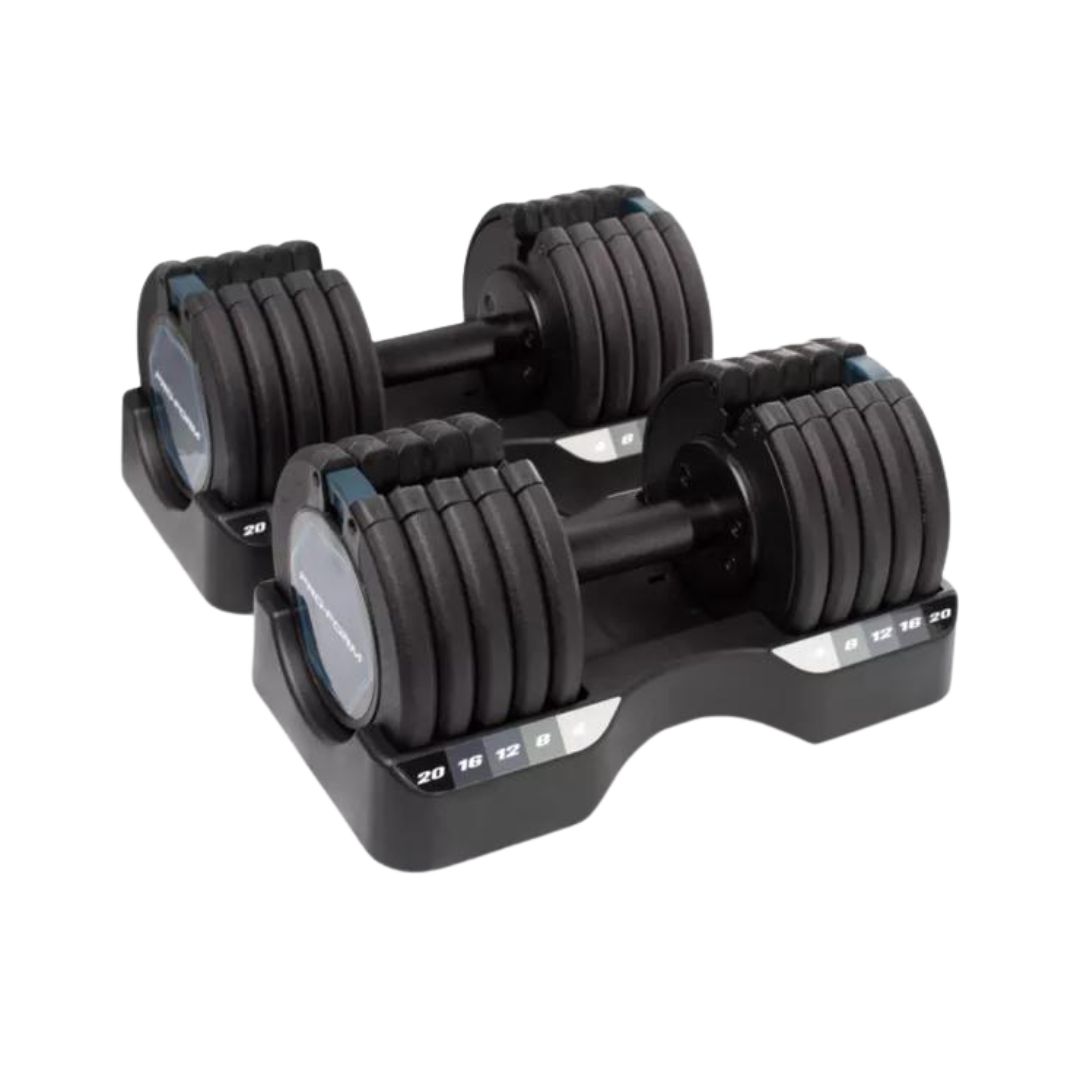These are the 10 best core activations you can do to fire up your abs, according to top PTs
Not a crunch in sight.
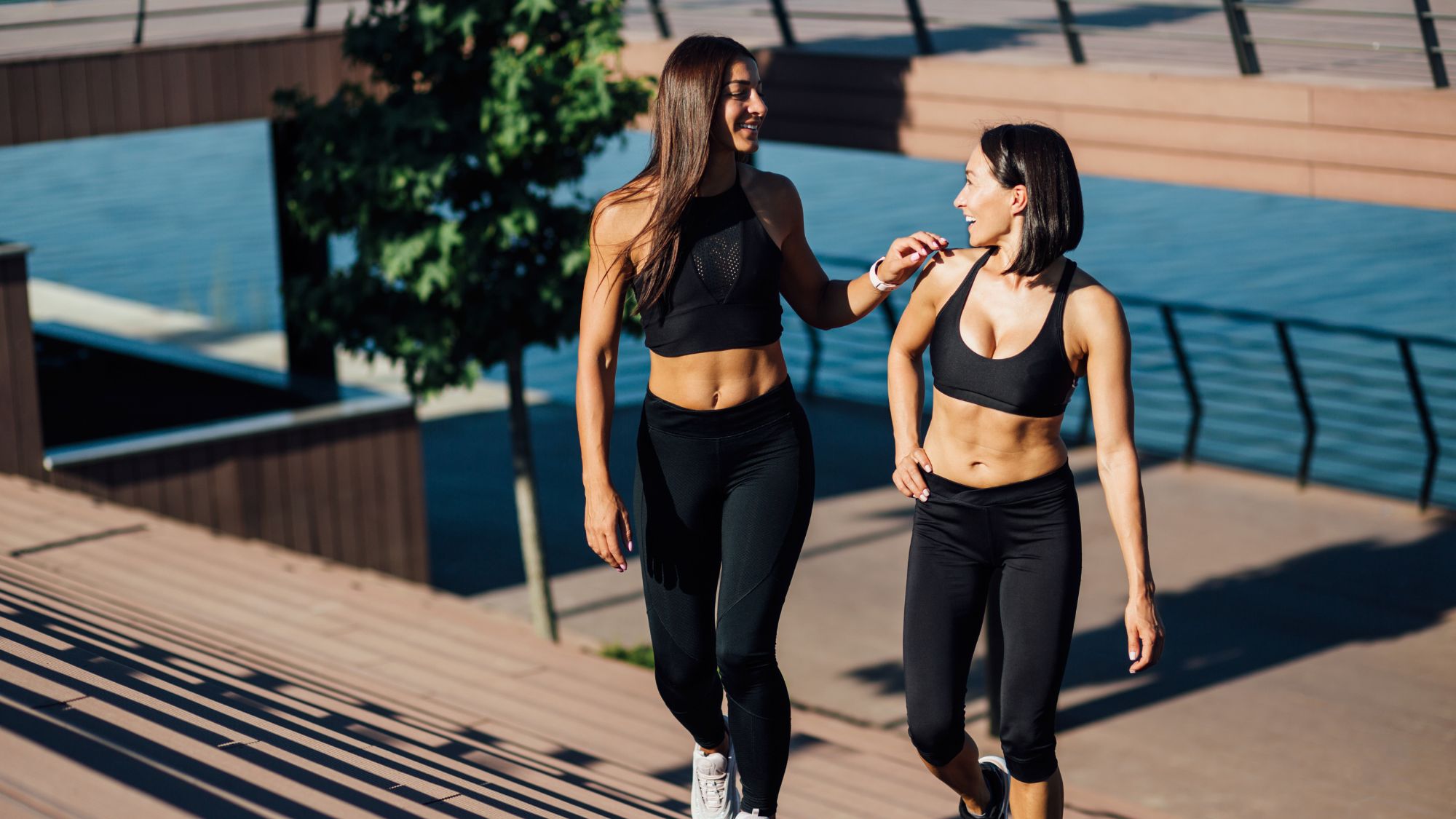

Looking for the best core activations to really fire up your abs? We’ve got you covered. Whether you’re after gymspiration or prefer working out at home, core exercises are a staple in any well-balanced and effective exercise regime, and with good reason – the benefits of a strong mid-section extend way beyond aesthetics.
Put simply, by strengthening your core, you’re quite literally making your life easier. There are very few everyday movements that don’t require some degree of abdominal activation – making core-specific moves a great functional workout.
Additionally, a strong and stable core helps improve posture, enhance agility in everyday life and boost overall balance and stability – whether this is to hold a one-legged yoga pose or simply prop up the bar on a night out with your mates. Plus – studies (such as this one, published in the Journal of Behavioural Science) show that core training can even improve general athletic performance – pretty impressive stuff.
Convinced? Read on for even more reasons to work out your abs, and to find out which are the most effective moves to seriously fire up your midsection. New to core workouts? Have a read of our guide to the best ab workout, here. If you’re already a core pro, up the ante and check out our 7 PT-approved medicine ball ab moves – plus, you can find out all about the must-try standing core exercises too.
Best core activations: 10 to boost strength and tone, according to top PTs
What are core activations?
Let’s start with the basics: what do we mean by core activations? Well, it’s about so much more than ab crunches. “Until the late '90s, core exercises mainly consisted of endless crunches and sit-ups,” agrees personal trainer and head coach at Wild Strong, Andrew Telfer. “The emphasis was often on flaunting your abs and feeling the burn. In the early 2000s, we began to become more aware of the potential risks associated with repetitive spinal movement (like sit-ups), realising they could be less effective for overall core strength. Instead, we’ve learned to train the whole core to stabilise and support our spine.”
With this in mind, it’s vital to remember that your core comprises not only the abdominals and obliques, but also includes your back, pelvic floor, diaphragm and rib muscles too – all the muscles that wrap around and support our spine. So, when we talk about core activations, we’re talking about moves that fire up our whole midsection – not just those visible or not so visible abs.
So, how can we achieve this? “In essence, we need four types of what are known as ‘anti-movements’ to train the core section properly,” says Telfer. “These are anti-flexion, anti-extension, anti-rotation and anti-lateral flexion (or lateral bending). By training anti-movements, we can construct a robust, resilient core, capable of 360-degree support.”
Marie Claire Newsletter
Celebrity news, beauty, fashion advice, and fascinating features, delivered straight to your inbox!
For the avoidance of doubt, it’s important to note here that you can’t spot-train a part of your body. In order to build and maintain a strong mid-section, we need to move away from the dated idea of visible abs and consider what the function of a strong core is.
Why is a strong core important?
How long have you got? The benefits of a strong core extend way beyond the purely physical – although this is important, too – we know that core strength enhances physical performance, helping to prevent injury and reduce the risk of lower back pain.
“The core is vital for daily life and injury prevention,” explains Telfer. “Our cores do a lot more than just showcase aesthetically pleasing muscles. We need our cores to help generate, transfer, and absorb kinetic energy. Think jumping, landing, running, swinging, throwing, crawling - basically any practical movement that allows you to interact with the world around you.”
Balance, stability, flexibility, agility – these are all vital not just in the gym, but also (more importantly) in our everyday lives. Think, for example, about carrying heavy shopping home and tripping on a pothole – a strong core will enable you to stabilise and recover quickly, and (hopefully) before sustaining any injuries.
10 best core activations you can do to fire up your abs, according to top PTs
Hopefully you’re motivated and ready to get started building a stable and functional core – and we have just the moves to help you. With the help of personal trainers Beth Davies, Penny Weston, Nicole Chapman and Louise Humphrey, consider this your gold-standard guide to firing up your internal powerhouse.
1. Supine wall squat
What? This move targets deep core activation using the feet, engaging your transverse abs and pelvic floor. Lie on your back with your knees at 90 degrees and feet against a wall. Inhale into the ribs, exhale and gently press feet against the wall for a few seconds (think of pressing using your big toe, little toe and heel - like a tripod). Relax your feet, inhale to prepare and exhale to press.
Why? This might not seem like a traditional core move, but it’s a great place to start. As is often the case, preparation is key. “A healthy core activates just before movement,” explains Davies. “Because it does so automatically, sometimes we may need to retrain our core to engage it properly – this move is excellent for this.”
How long for? Aim for 10 reps
2. Side plank with rotation
What? Lie on your left side with your forearm flat on the floor, bottom elbow lined up directly under your shoulder, bend the bottom leg and rest the side of your knee on the floor.
To engage your core inhale and lift your hips off the floor – exhale as you start to rise bracing your core. Raise your top arm straight above you reaching for the ceiling.
Lower your arm and rotate your core as you thread your top arm through the space underneath you. Unthread your arm and return to the starting position. Keep your hips raised throughout.
Why? "This move engages not only the obliques, but also your shoulders, back and glutes," explains Chapman. "To advance the move, have both legs straight, and to really up the ante, add in a dumbbell."
How long for? 20 seconds each side.
3. Four-point isometric hover
What? Start on all fours. Feet are hip-width apart and toes tucked under. Hands should be placed beneath the shoulders with your knees under your hips. Take a deep breath in, maintain this position and lift the knees off the floor an inch. Exhale and engage the whole core.
Press the palm of your hand in to the floor so that your shoulder blades are activated and flatten against your back. Reset if you start collapsing and can no longer maintain this position.
Why? "This move will really help with endurance strength in your neck and shoulders whilst targeting those deep core muscles," says Chapman. "I love this move - it engages core, shoulders, back and chest - plus it's fab for your pelvic floor."
How long for? Hold for 15 seconds and repeat three times.
4. Pullovers
What? Using a weight of your choice, lay on your back, bring your knees up to 90 degrees. Hold the weight with both hands in the middle and start with your arms straight and above your chest, extend your arms above your head, lowering the weight down to tap the floor behind you – or to your range of mobility.
Inhale and as you exhale bring the weight back over your chest and towards your knees.
Why? "Pullovers are a great postural exercise," says Chapman. "If you can, really imagine it’s your core bringing the weight over your head, to engage those deep core muscles (lower and upper abdominals) chest, upper back (lats) and triceps - basically the whole of your upper body."
How long for? Aim for 10 reps.
5. Flutter kicks
What? To perform this exercise, lie on your back and hold your legs at a 45 degree angle. Ensure your lower back is pressing into the floor, and lift your shoulders, head and neck off the ground. You can place your hands behind your head, or if you want to provide more support to the lower back then you can place both hands underneath the very bottom of the back. Before you begin, make sure your core is tight by sucking your belly button towards your spine. Once your position is correct, begin fluttering your legs by raising one leg at a time and keep your toes pointed.
Why? Flutter kicks will target the abdominis and the transverse abdominis.
How long for? "Aim to do three sets of flutter kicks for around 30 seconds," advises Weston. "If you are new to this exercise, aim for around 15 seconds and look to build this up as you improve."
6. Dead bugs
What? Start by lying on your back and make sure your spine is really pressing against the mat. Lift your knees up to a 90-degree angle and lift your arms up towards the ceiling. Move your right arm toward the back of your head (without touching the mat) and reach your left leg forward (without touching the mat). Repeat on the other side.
Why? "Dead bugs target both the rectus abdominis (six pack muscle) and obliques," explains Weston. "They're a classic move for foundational functional core strength. This movement needs to be done slowly and with control, and do not let your spine lose contact with the mat as this can cause injury, and will mean the core is not fully engaged."
How long for? Start with 12 on one side and then move to the other side. Look to do this three to five times, increasing reps as you progress.
7. Russian twists
What? To perform this exercise, sit on the floor and lift your legs off the ground - the higher you lift your legs, the harder the exercise. Keep your back at a 45 degree angle to the floor, with your knees bent. Keeping your body still, move your hands to one side and touch the floor and then to the other side.
"Keep your core tight; if you feel this movement in your back rather than your abs then you may not be performing the exercise correctly," advises Weston. "If you do struggle with this, keep your feet on the ground until you have mastered the movement, this will still work the abs - but the feet off the ground will make this harder."
Why? "Russian twists will not only activate your core muscles, but can help improve balance and stability in the spine," says Weston. "This exercise may look easy, but it is challenging and technique is very important. Don't hold your breath!"
How long for? Aim for 30 seconds, do this three times with a ten second rest in between.
8. Bear plank to crawl
What? Begin in a tabletop position on all fours, with your hands underneath your shoulders, feet hip width apart and knees stacked underneath your hips. Lift your knees off the floor but maintain the table top position so that your back is straight, with your gaze down so you're not straining your neck. Imagine you are pulling your belly button towards your spine. When you're ready, crawl forwards then backwards along your mat, using opposite arm to leg and maintaining a stable hover.
Why? "The bear plank will really target your deep core muscles, it is the best way to target the transverse abdominis and obliques," says Weston. "It's a great move to include not only in your ab workout, but also as a warm up before strength training as it targets the whole body. If you are ready to make things harder, you can adapt this to the bear crawl, but be warned - this is challenging!"
How long for? Aim for 30 seconds, three times.
9. Wall sit ball squeeze
What? A classic wall sit, holding a Pilates ball between your thighs.
Why? "Squeezing a Pilates ball between the thighs is a great way to activate the deep core muscles, especially if combined with an exhale breath," explains Davies. "This recruits all the muscles of the deep core and the adductor (inner thigh muscles) too."
How long for? Aim for 30 seconds to begin with, building up to one minute.
10. Criss cross
What? A more advanced Pilates-style move, start in a neutral spine position and curl the spine up, thinking about drawing your rib cage towards your pelvis to engage the core muscles. Support your head in your hands, but don’t let your hands pull your head up.
Keeping the arms wide and chest open, rotate the upper body side to side. To advance the move, bring in the legs by lengthening the opposite leg as you rotate the other way.
Why? "This is a great exercise for the core and obliques," says Humphrey. "By strengthening these muscles it helps with pelvic stability (which is super important if you're a runner) and using the obliques helps ensure you can bend and twist well, without injury."
How long for? This is a challenging exercise so Humphrey advises building it up slowly. Start with five repetitions, increasing as you feel stronger.
Shop MC UK's go-to core workout kit
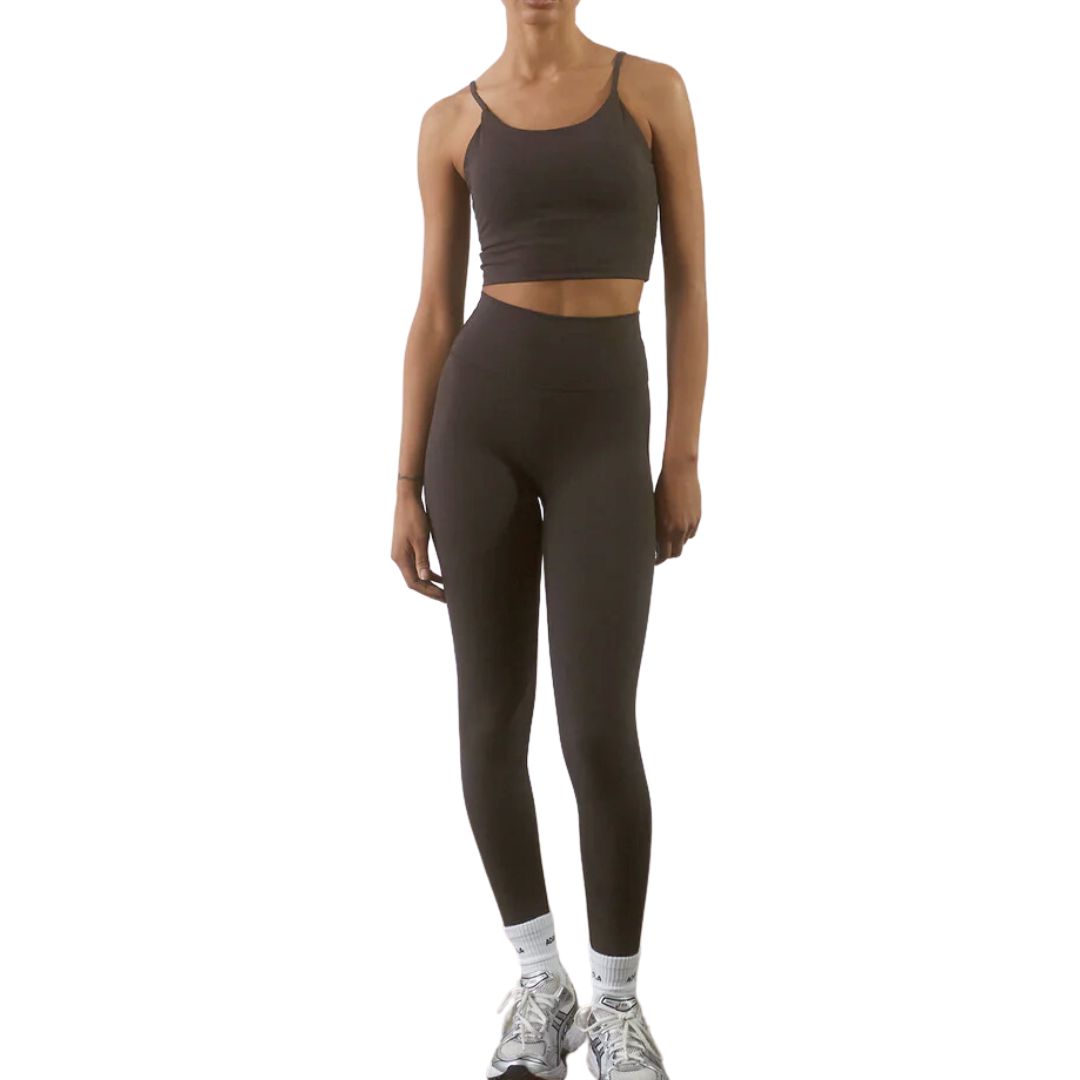
Who knew leggings matching your workout clothes to your coffee order was a thing? Channel a coffee aesthetic with these classic Adanola leggings in coffee bean. Squat-proof, sweat-wicking and butter soft, these really are the ultimate leggings.

Anna Bartter is a freelance journalist who writes about health, fitness and women's lifestyle for publications including Stylist, Metro and Psychologies, among others.
She's always on a quest to find a variety of fun and functional workouts that give you the most bang for your workout buck and she's passionate about championing movement for everyone's mental and physical wellbeing.
-
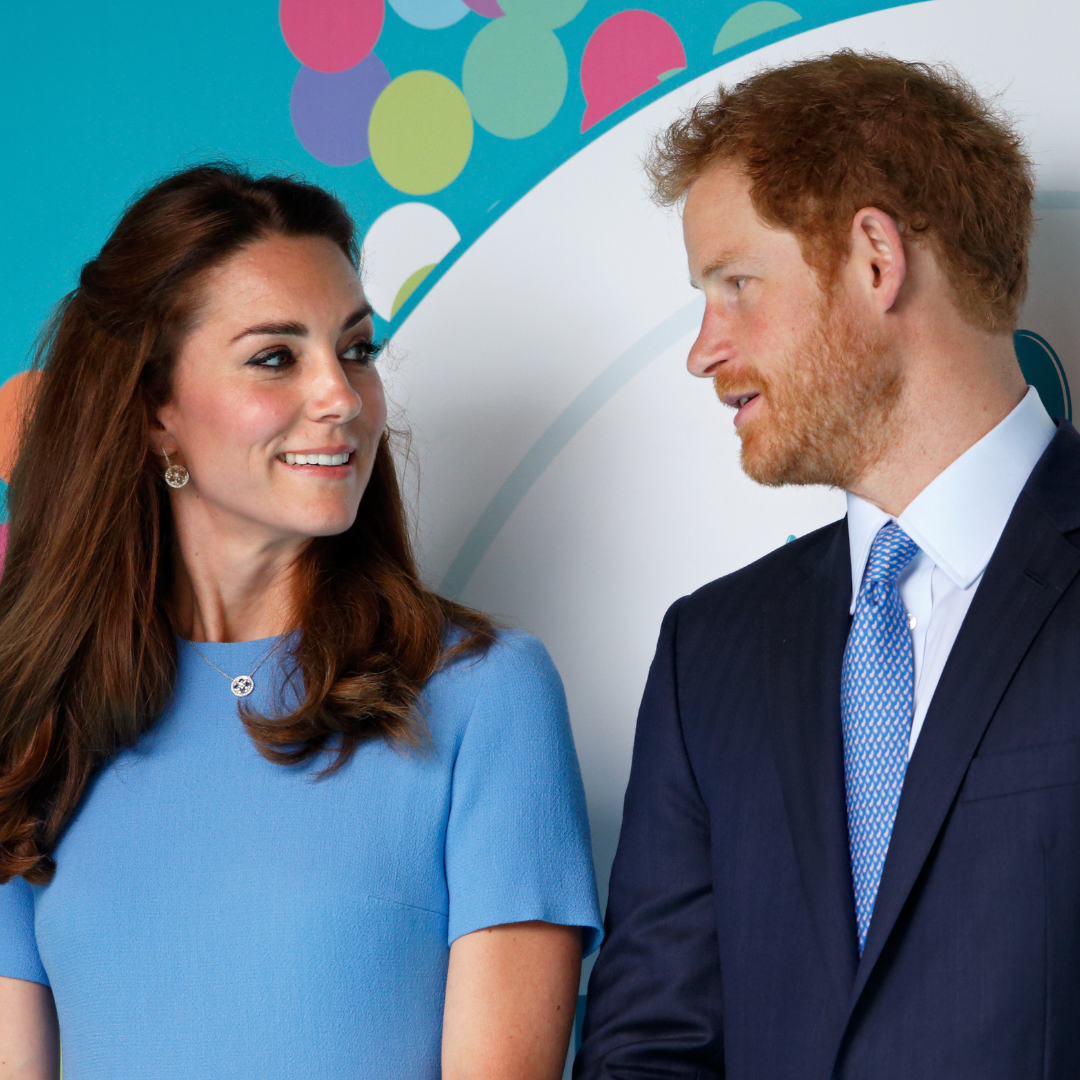 Prince Harry reportedly extended an 'olive branch' to Kate and William on latest UK trip
Prince Harry reportedly extended an 'olive branch' to Kate and William on latest UK tripBig if true
By Iris Goldsztajn
-
 How Prime Video is protecting Blake Lively amid her new movie promo
How Prime Video is protecting Blake Lively amid her new movie promoAn understandable move
By Iris Goldsztajn
-
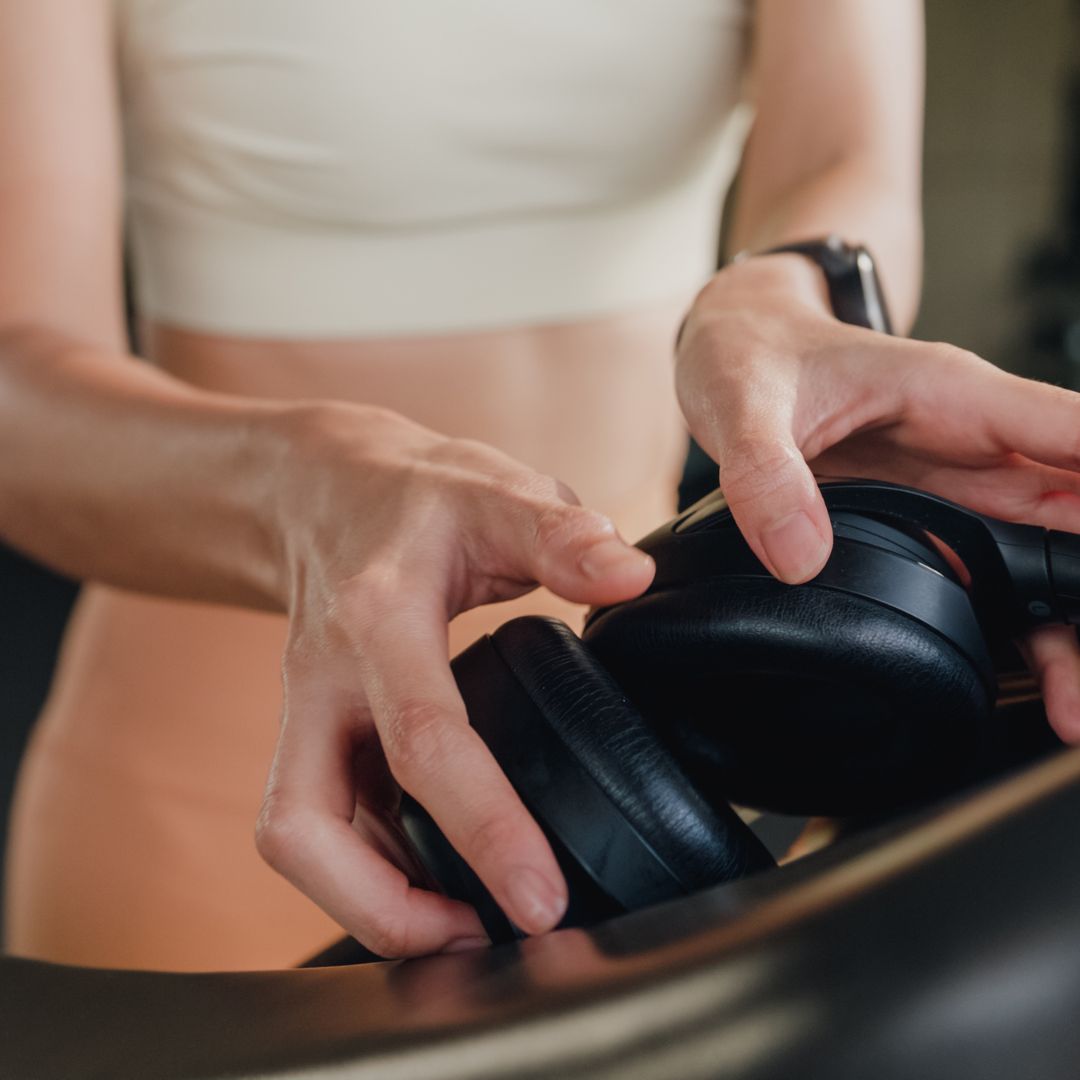 It's the must-have bit of fit kit of the year - a fitness expert shares their top 5 tips for choosing a walking pad
It's the must-have bit of fit kit of the year - a fitness expert shares their top 5 tips for choosing a walking padThis year's fitness must-buy.
By Katie Sims
-
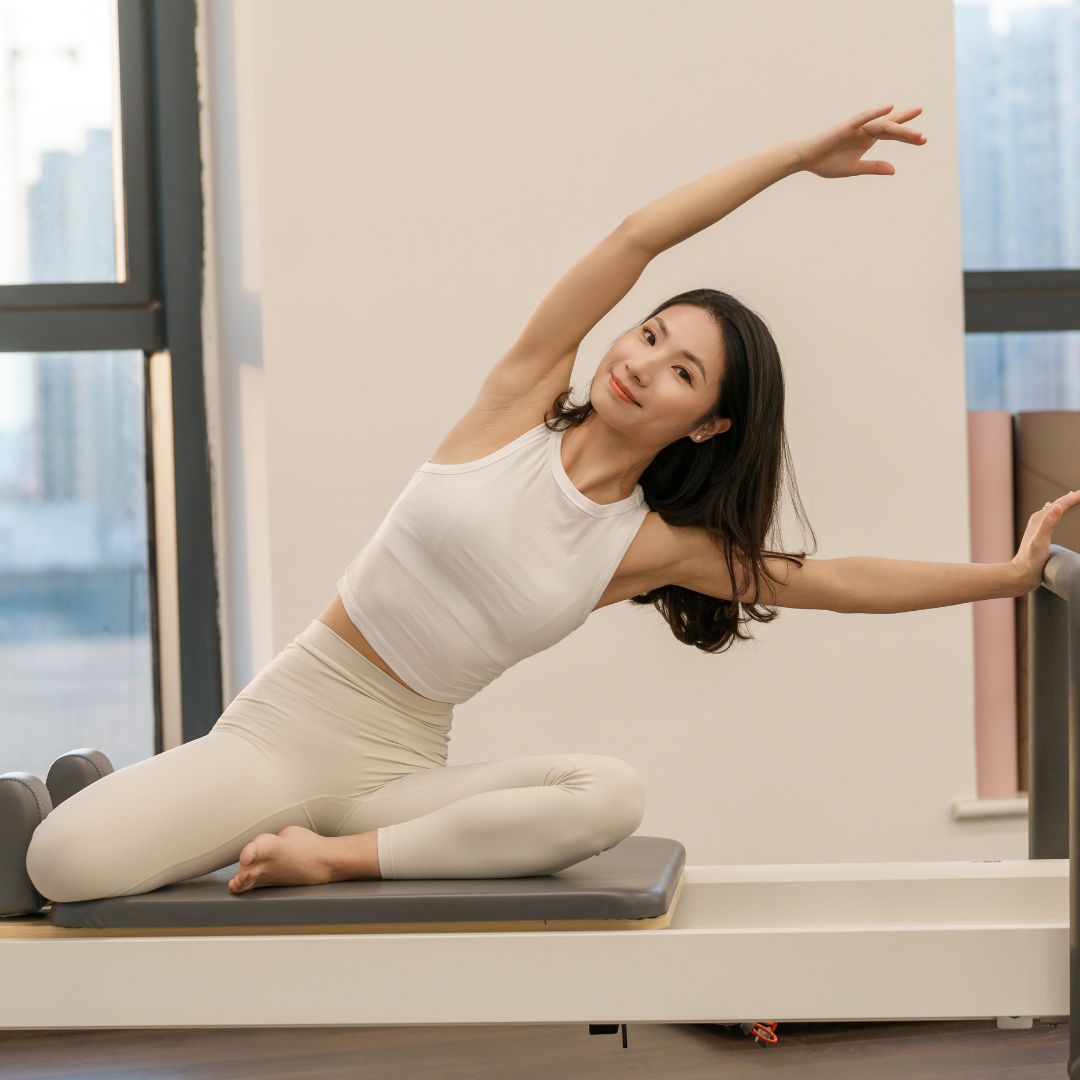 Eager to build a strong, stable core from home? 7 advanced Pilates core exercises that coaches do themselves
Eager to build a strong, stable core from home? 7 advanced Pilates core exercises that coaches do themselvesStability, strength *and* control? It's a yes from us.
By Anna Bartter
-
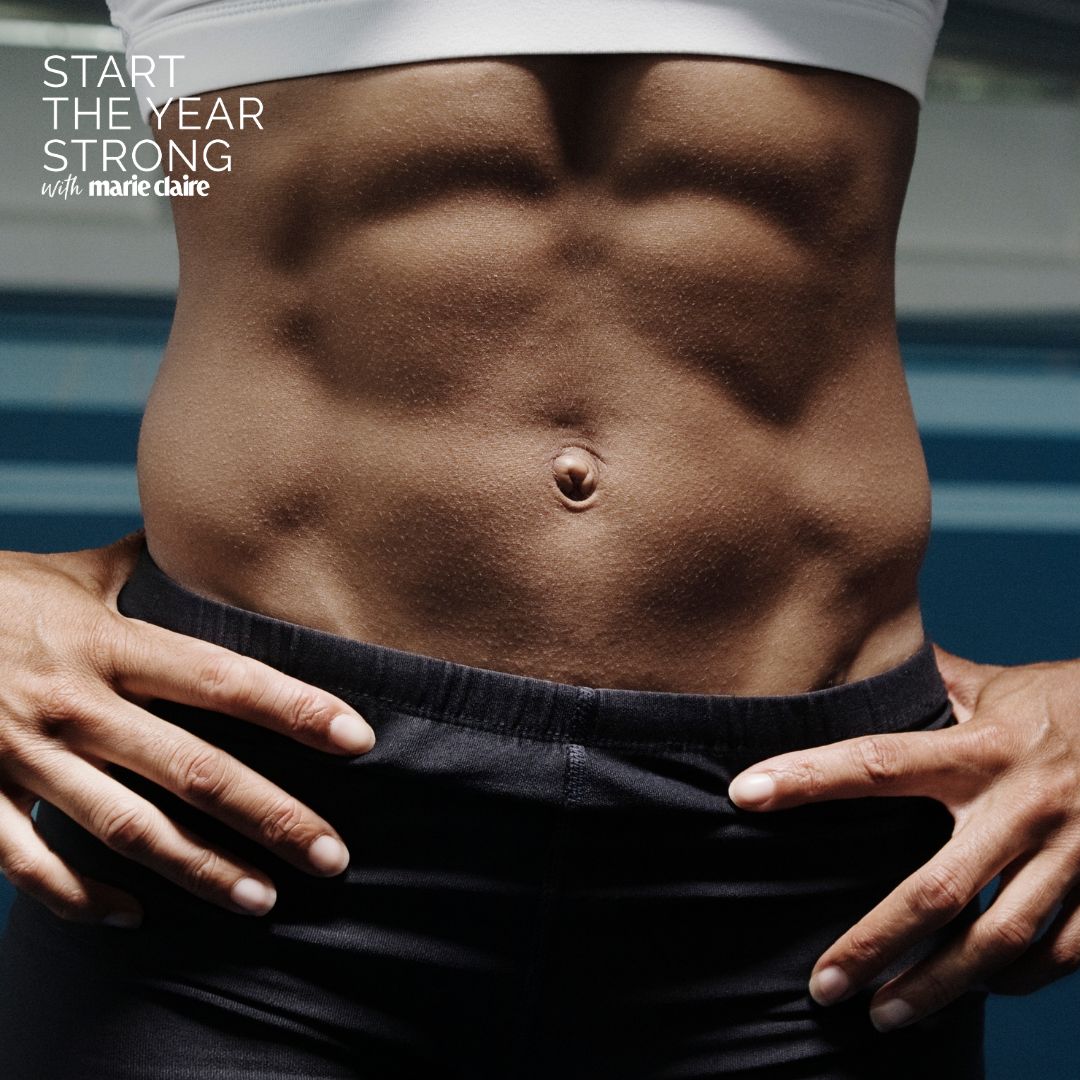 Yes, you can build strength from home - thanks to a PT's 7 most effective core exercises of all time
Yes, you can build strength from home - thanks to a PT's 7 most effective core exercises of all timeStay-at-home strength and stability? We're all in.
By Anna Bartter
-
 Tired of boring core workouts? Transverse ab moves make fitness fun and build deep core strength - 5 to try
Tired of boring core workouts? Transverse ab moves make fitness fun and build deep core strength - 5 to tryEngage those deep core muscles without a crunch in sight.
By Anna Bartter
-
 You don't need hours or a gym to build core strength - 7 PT-approved ab home workouts under 30 minutes
You don't need hours or a gym to build core strength - 7 PT-approved ab home workouts under 30 minutesAbs of steel, coming your way.
By Anna Bartter
-
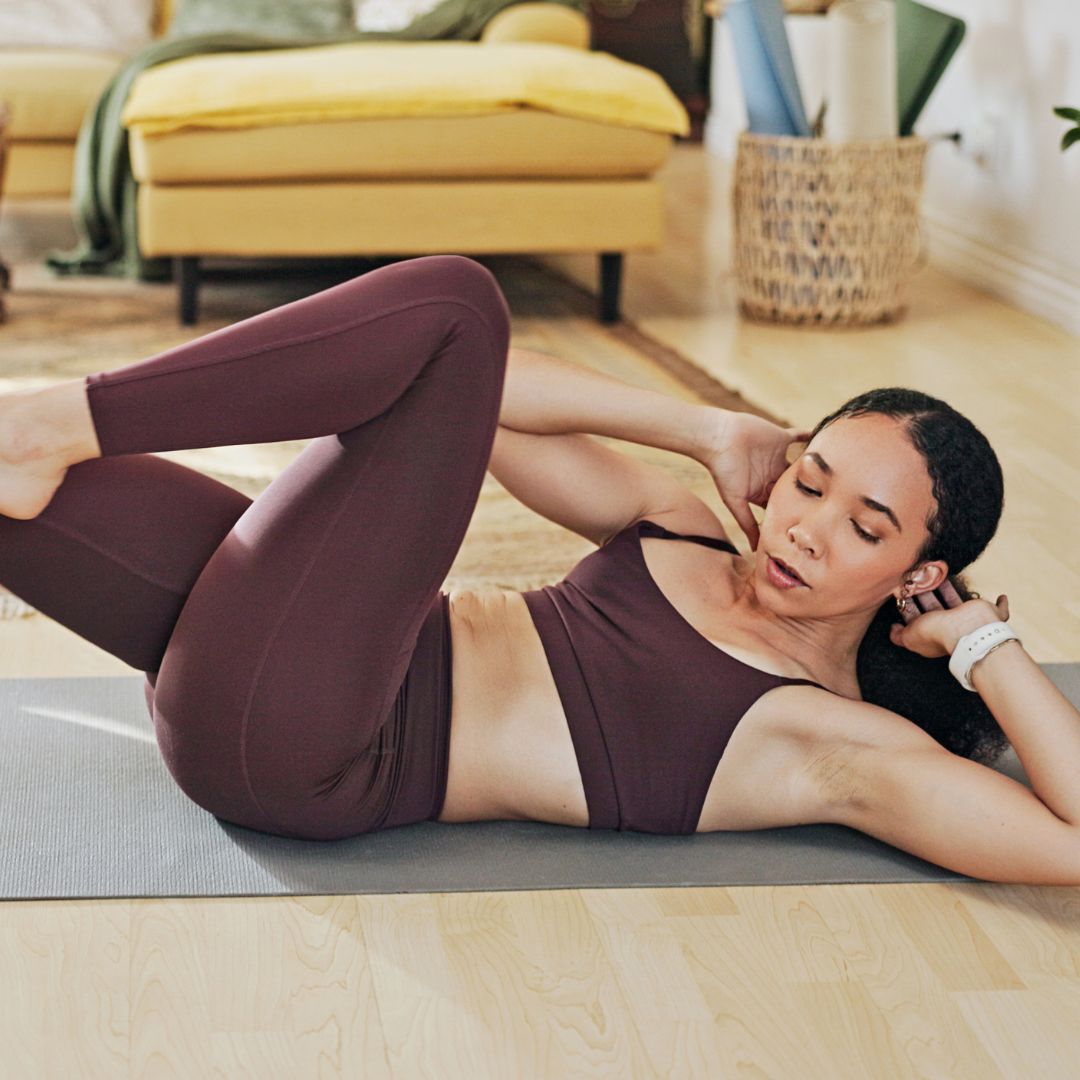 No time? No problem - 7 best home workouts you can do to boost core strength in under 20 minutes
No time? No problem - 7 best home workouts you can do to boost core strength in under 20 minutesPrepare to work those abs and obliques.
By Anna Bartter
-
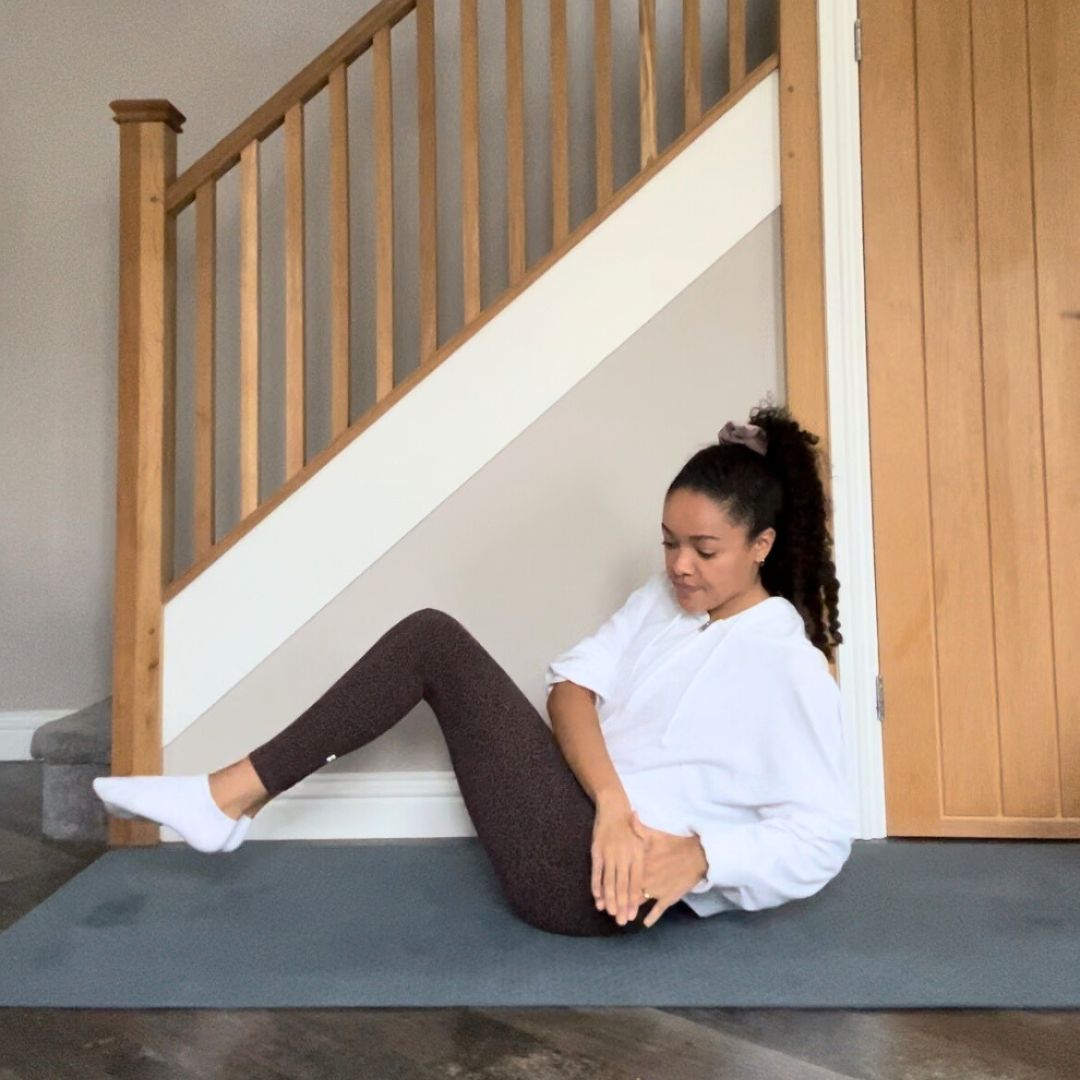 I tried the viral Daisy Keech ab workout with 61M views – here's why I definitely wouldn't recommend it
I tried the viral Daisy Keech ab workout with 61M views – here's why I definitely wouldn't recommend itNot a fan of crunches? Look away now.
By Rebecca Shepherd
-
 Keen to boost muscle? Hula hoop workouts are trending for good reason - 5 best to try, chosen by a PT
Keen to boost muscle? Hula hoop workouts are trending for good reason - 5 best to try, chosen by a PTIt's time to move those hips.
By Anna Bartter
-
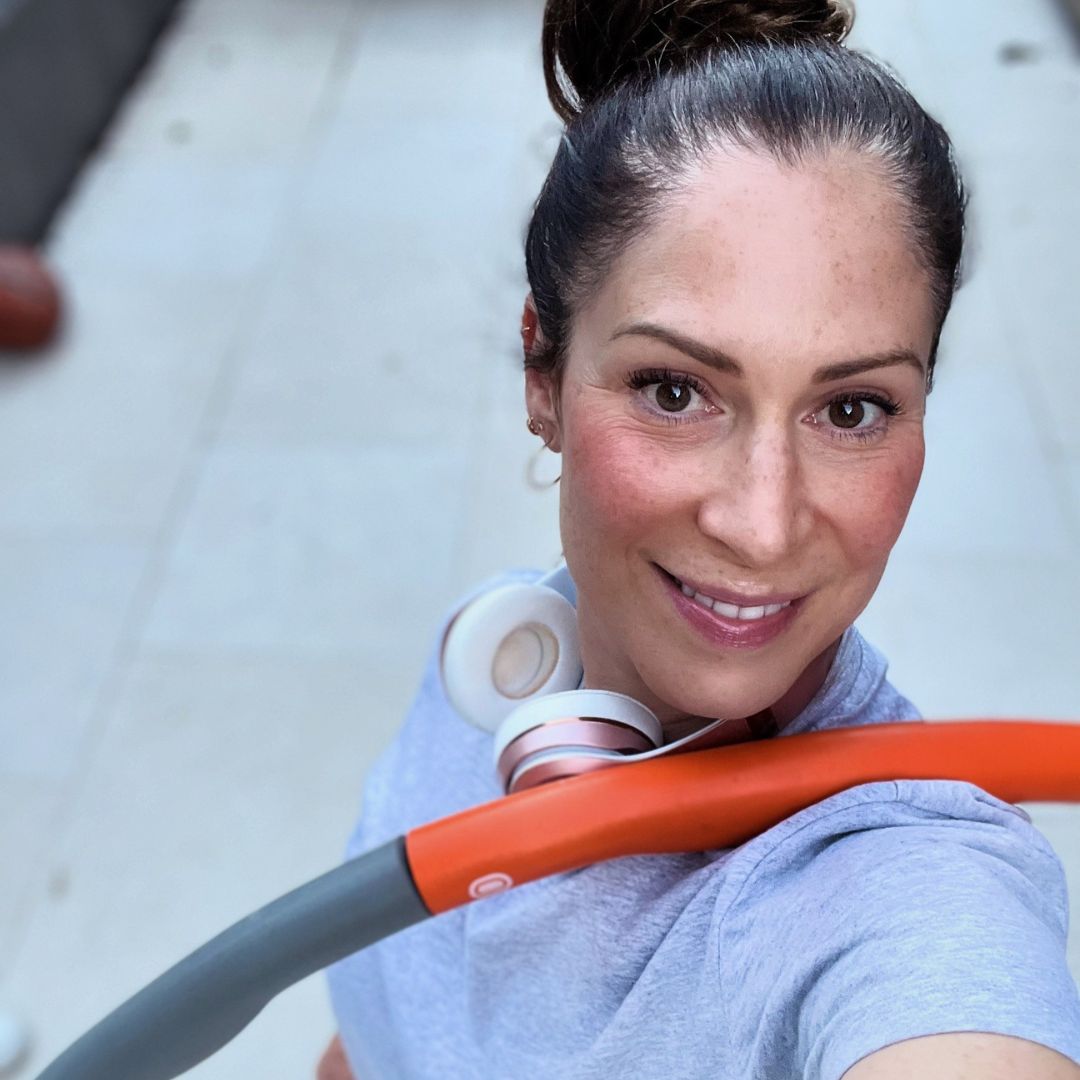 I used a weighted hula hoop every day for a week - and couldn't believe how tough it was
I used a weighted hula hoop every day for a week - and couldn't believe how tough it wasTikTok made me do it.
By Anna Bartter











